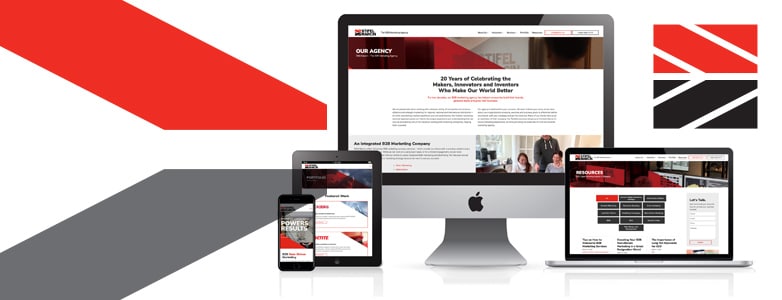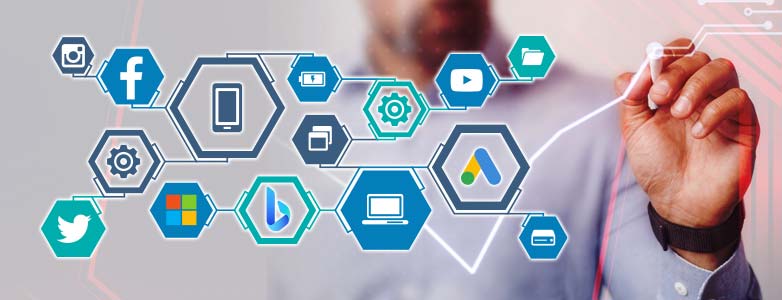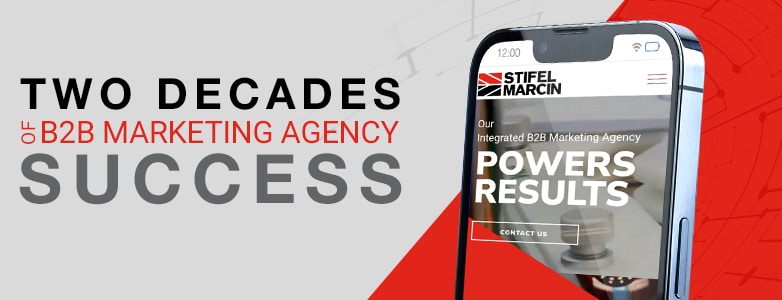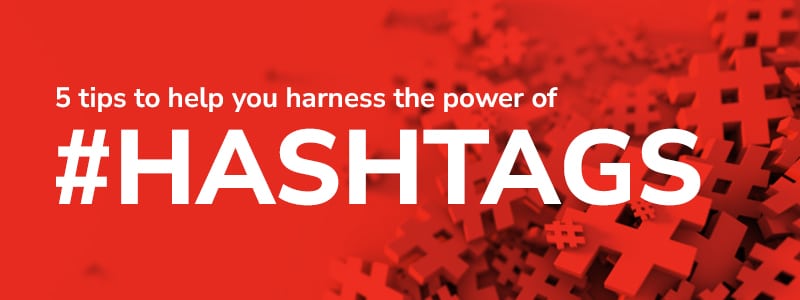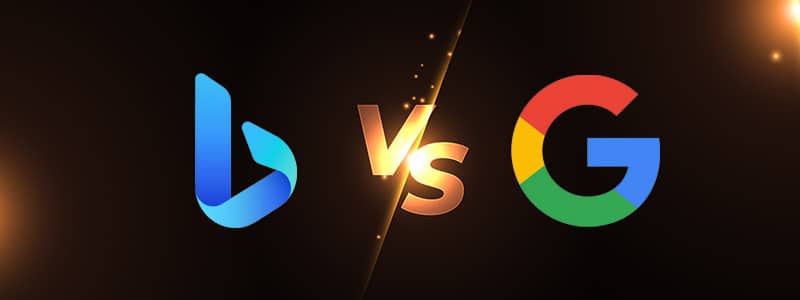The Advantages of HTTPS
Some URLs start with HTTP:// while others start with HTTPS://. What’s the difference and why add the extra “s”? The extra “s” stands for secure, and it is used by websites that require “sensitive information.” Traditionally, people considered sensitive information the type of data that might be related to financial transactions, but in today’s digitally focused world, thinking has extended the idea of what personally identifiable information (PII) really is. Information like your name, phone number, address, IP address, usernames and driver’s license number are all considered PPI. Security. Security. Security. For several years, Google has taken steps to make the web a safer place for everyone and reward websites that are using the secure protocol of SSL (Secure Sockets Layer) with better rankings. Its browser, Chrome (the world’s most popular internet browser), flags websites with forms as non-secure if the https is not configured. The Google flag signals your visitors that your site is potentially unsafe, thereby deterring people from conducting business with you. Search engines like Google take security very seriously, and so should you. Most industrial manufacturing websites receive more than half of their traffic from a search. If you haven’t made a move towards a secure site, you may start to experience a drop in your daily and monthly traffic stats, meaning fewer leads, fewer quotes (RFQs) and lower sales. Advantages of HTTPS include improved web site ranking, data validation, protection from phishing and other data breaches and much more. If you still think that your website does not need HTTPS or that it costs too much money for you to implement – think again. Affordable Protection You Can’t Afford to Be Without. While HTTPS is not free, it is certainly not going to break the bank. To get a certificate, you must purchase it from a reputable sourcing vendor, called a certificate authority. A project called SSLmate provides one-year SSL certificates as cheaply as $15.95/year per domain. They offer other pricing structures for securing multiple domain names or sub-domains. Another recognized project that offers free certificates is Let’s Encrypt. SSLmate and Let’s Encrypt require that you have some general expertise in web programming and server management to install the certificates. If you do not have the time or ability to use these cheaper SSL implementation services, there are other routes you can take. These options are a little more expensive, ranging from a few hundred dollars to a couple thousand from reputable certificates authorities like Comodo, GoDaddy, GeoTrust, Thawte, DigiCert, Entrust and Network Solutions, among others. Offerings from these certificate providers are very similar, and the cost will depend on your needs. Upon purchase, and depending on the type of certificate selected, the SSL certificate may be issued instantly, or it could take up to 2-3 business days to receive. Reliability is Key No matter what route you choose to pursue, be sure that you select a reliable SSL certificate provider. When it comes to reliability, the price isn’t always an indicator of trust, and some of the more inexpensive certificates are considered to be just as good as others. Differentiators to look for often include customer service, easiness of installation, and speed in the issuance of the SSL certificate. Key Takeaways The advantages of HTTPS are numerous and the investment in a reliable SSL will pay dividends. Customers want to know that they’re conducting business with an organization that protects their identities and PPI. HTTPS not only secures data but gives your web site an SEO rankings advantage and makes your site feel more trustworthy. If you are looking to explore the advantages of HTTPS and make your site secure –retaining that traffic and lead generation you’ve worked so hard to build – give us a call at 860.659.0777 or fill out the quick contact form. Our team of industrial SEO experts can help you maximize the return on your website. Contact us today. Stifel Marcin – The B2B Marketing Agency Unlike many advertising and marketing agencies, B2B isn’t just something that we do, it’s all we do. We’ll work to help your brand achieve its goals through the strategic combination of creativity, communication and technology. Our focused client intake processes give us the ability to thoroughly understand your business, products and objectives, working to identify the competitive advantages and opportunities that will grow awareness, leads and sales. We develop innovative marketing plans with strategic, data-driven processes, presenting complex ideas and compelling messages that position your business ahead of the competition. As your cooperative partner, our integrated B2B marketing agency is dedicated to your success. If you have questions about HTTPS and website security, we can help. Reach out and let’s talk.
The Advantages of HTTPS Read More »

